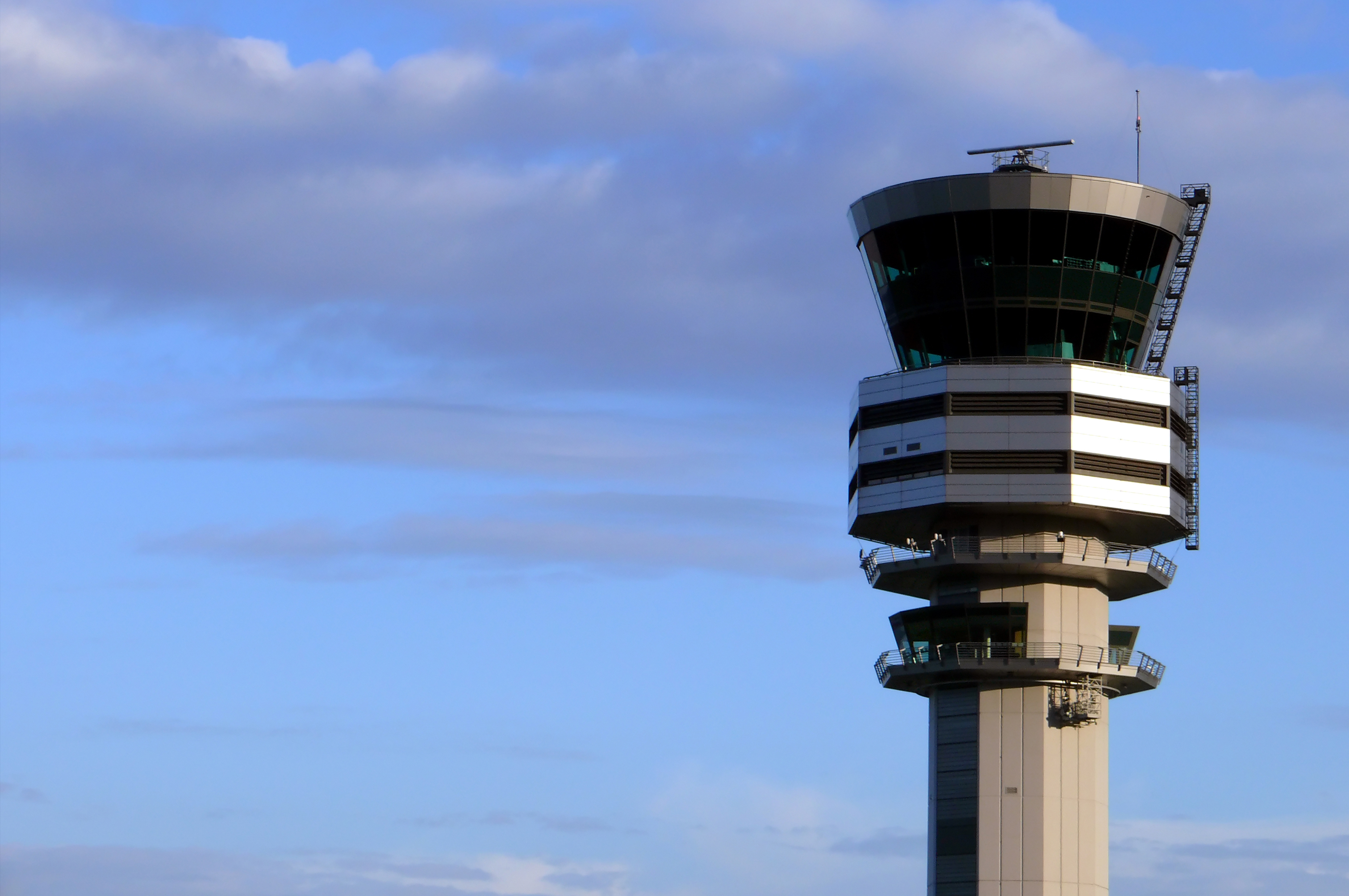Airspace is becoming a scarce resource. Due to the increase of air traffic and the number of airspace users, airspace is coming to its limits worldwide. Four partners are working together on a common vision on Belgian airspace for 2030. A functional lay-out of airspace, an efficient and flexible management of it and optimal services by the partners will create more capacity for all users. Safety of air traffic remains of course top priority.
Lack of capacity
Belgian Airspace Vision 2030: that is the name of the joint vision of skeyes, Belgian Civil Aviation Authority, Defence and EUROCONTROL MUAC. A common vision on Belgian airspace was needed for various reasons.
The Belgian airspace is very complex. It is a limited but very busy airspace with many users: commercial and military aviation, aerial work, private and recreational air traffic, unmanned air traffic. The proximity of major airports in neighbouring countries also causes ascending or descending air traffic to pass through the lower Belgian airspace.
The complex structure and the geographical position prevent the use of the potential full capacity of airspace. The current lay-out in different zones for different users causes disadvantages for each of them: airports cannot always use their full capacity, airlines cannot always fly the most direct routes, military airspace is too limited for the future generation of (fighter) aircraft and there is too little uncontrolled airspace for recreational air traffic.
The three air traffic controllers operating in Belgian airspace – skeyes, Defence and EUROCONTROL MUAC (above FL 245/7,4 km) – manage their part of the airspace independently of each other. That way, capacity remains unused.
One airspace
The future airspace vision is based on three pillars: airspace structure, airspace management and air traffic control services.
By 2030, the Belgian airspace must form one whole that can be used in a flexible and dynamic way. More efficient use of airspace guarantees sufficient capacity for all users with a minimum of limitations. Such an airspace structure – and the management of it – converges with the European objective of Single European Sky.
It should be possible to activate, deactivate or allocate certain airspace zones to one specific user for a limited period in time. That way, for instance military airspace or airspace for aerial work could be restricted or the periods in which it is used could be limited for the benefit of other air traffic. Military operations would thus be guaranteed but the total capacity of airspace for other users would be extended, allowing them to better plan their flight routes. That predictability again increases the efficient use of airspace.
A unified airspace requires better coordination between air traffic controllers. The coordination between skeyes, military air traffic control and EUROCONTROL MUAC is crucial. The integration of civil and military air traffic control is in full swing. By the end of this year Defence staff will move to the skeyes site in Steenokkerzeel. On a technical level, the three partners will investigate if it would be possible to use an integrated system for air traffic control by 2030, this way ensuring air traffic management and safety with a single, unified approach. Today, each of these instances still works with its own system.
Win-Win
The airspace vision 2030 brings advantages for all users of the Belgian airspace. The main progress for everyone is of course the capacity extension of airspace.
Airlines can still count on safe air traffic, even with unmanned air traffic coming up. They will be able to plan their flight routes better and fly direct routes as much as possible, saving them time – on the ground as well as in the air – and consumption, which also has positive effects for the environment.
The predictability of flights is also a big plus for airports. A more efficient planning will allow them to make maximum use of their infrastructure’s capacity, for example through the smoother traffic flow on the – possibly extended – runways. A reliable organization at airports is an enormous asset to attract or retain customers.
The air component of Defence can keep executing its operations, also with the new generation of (fighter) aircraft. The advantages of a common civil and military air traffic control are well demonstrated and will shortly be noticeable in practice.
Private and recreational air traffic, aerial work and unmanned air traffic will obtain more access to controlled airspace without hindering other air traffic. This way, these types of air traffic will be integrated in airspace without jeopardising safety.
The vision is a reference document followed by the planning and the execution of specific projects and investments to improve the structure, the management and the services in the Belgian airspace. Some projects have already been launched.
Johan Decuyper, skeyes CEO: “The aviation sector is the second economic pillar of our country. Internationally there is an enormous competition in every domain of aviation, also for air traffic control and airspace management. Together with our partners we want to keep the Belgian airspace attractive and keep its management in our own country. The Air Space Vision 2030 enhances the capacity of our airspace and ensures the fluidity and safety of air traffic. A common vision and the coordinated execution of it provide us with an advance in the international competition for airspace.”







